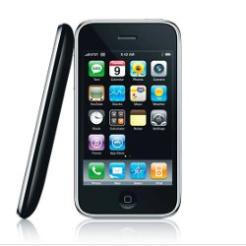Barclays has launched a mobile app which will enable consumers to send money via their phones and could introduce a new way for donors to give to charities.
The banking giant’s launch of the Pingit app yesterday means that Barclays customers, and, in March, all consumers with a mobile phone and UK bank account, can make contactless, cardless, cashless payments to other holders of UK bank accounts and mobile phone numbers.
While there is already much speculation about how popular the payment method will be with consumers, even with Barclays' assurances of the system’s security, it does herald the entry into the UK market of mobile payment, which has been successful in countries in Africa and for some purposes in Scandinavia for some time. The system requires that consumers download an app to the iOS, Android or Apple smartphone, verify their details and establish a PIN. Owners of different phones will be able to apply to receive the app.
The ability of consumers to make instantaneous, secure payments of up to £300 by using the Pingit app could have significant impacts on charities once the technology becomes widely adoped. Fundraisers may be able to use the service for face-to-face fundraising, events or direct response marketing and emergencies.
Bryan Miller, a consultant at Strategy Refresh, said it is a development which charities should keep an eye on.
“I think the most significant implication of the Pingit launch for fundraising will simply be that it will cause more consumers to consider making payments using their smartphones, as will the contactless payment trials we will be seeing related to the London Olympics," he said.
"It’s only once any new form of payment technology has reached a certain level of usage that it will become a useful mass-market fundraising mechanism. Once such things reach mass adoption, then they could offer all sorts of new ways for fundraisers to engage.
“For now, smart fundraisers should keep an eye on such developments but not worry too much about how they can immediately make use of them in their fundraising programmes until they know there are sufficient potential donors willing to transact in this way.”









